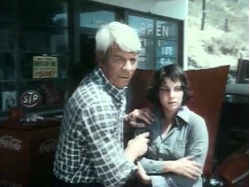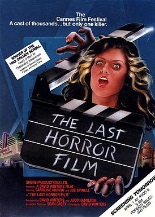
 Love it or loathe it, The Last Horror Film earns a smidgen of admiration for reportedly shooting “guerrilla style” at the Cannes Film Festival. How much of it qualifies as surreptitious is up for debate. What there is no question about is how unappealing Maniac’s Joe Spinell is in the lead role — kinda the movie’s whole point!
Love it or loathe it, The Last Horror Film earns a smidgen of admiration for reportedly shooting “guerrilla style” at the Cannes Film Festival. How much of it qualifies as surreptitious is up for debate. What there is no question about is how unappealing Maniac’s Joe Spinell is in the lead role — kinda the movie’s whole point!
Looking not unlike the third Mario Brother, Spinell sweats his way through the part of Vinny, the schlubby Big Apple cabbie obsessed with actress Jana Bates — completely understandable since she is played by Caroline Munro (Jess Franco’s Faceless), here rocking truly garish blonde highlights. Vinny harbors delusions of Jana starring in his “next” film (as if upskirt and keyhole reels count as a debut). Enabled by the trades listing her whereabouts during the fest, Vinny follows — okay, stalks — the object of his unwanted affection to France, where her handlers and producers start getting murdered for responding to anonymous, cryptic messages asking for a meeting at a specific time and place. Zut alors!
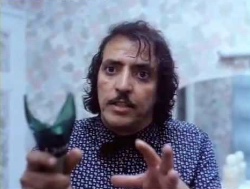 Lousy black-and-white camera in hand, Vinny is able to gain entrance into the Cannes hot spots. That his amateur footage serves as a “movie” within the movie lends Last a touch of the meta. Director David Winters (Space Mutiny) still has turned in a fairly sloppy and silly slasher with all the focus of today’s internet-nutured tween.
Lousy black-and-white camera in hand, Vinny is able to gain entrance into the Cannes hot spots. That his amateur footage serves as a “movie” within the movie lends Last a touch of the meta. Director David Winters (Space Mutiny) still has turned in a fairly sloppy and silly slasher with all the focus of today’s internet-nutured tween.
More or less playing herself and draped on the arm of then-husband Judd Hamilton (her Starcrash co-star and this picture’s co-writer), Munro excels at being gorgeous, while Spinell is … well, something else. Greasy to the point of grotesque, he plays the lonesome loser to the hilt — not always with skill or subtlety, but nonetheless to that damn hilt. He is most entertaining in his run-and-cry reaction to being teased by surgically altered skinny-dippers. Why, it’s enough to make Vinny flee for the arms of his mama — portrayed, incidentally, by Spinell’s actual mother, Mary, who participates in the movie’s certifiably witless groaner of an ending. That said ending is more of a quick-joke button (think Laugh-In, minus any rib-tickling) reveals Winter and company to be creatively bankrupt.
If The Last Horror Film works, it does so just barely. Its existence is justified not as a movie, but as a time capsule for the movies, capturing pause-worthy glimpses of Cannes glitz, tits and hits. Future generations curious about the fest’s circus-like marketplace at the dawn of VHS domination can turn to it to learn how select titles were sold, promoted and advertised, from Superman III and For Your Eyes Only to Invaders of the Lost Gold and Emanuelle, Queen of the Desert. —Rod Lott


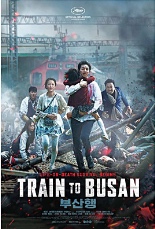
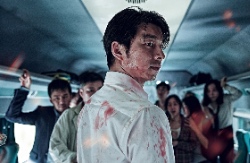
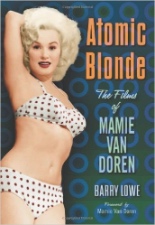
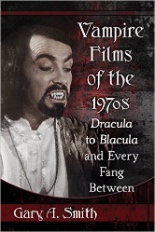
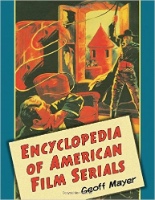
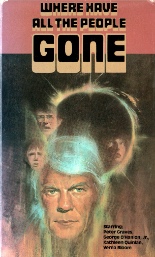
 You can put all of the so-called masters of horror in one room, give them a $50 million budget and they still couldn’t come up with anything as effectively unsettling and downright creepy as a 1970s TV movie-of-the-week made by any random journeyman hack.
You can put all of the so-called masters of horror in one room, give them a $50 million budget and they still couldn’t come up with anything as effectively unsettling and downright creepy as a 1970s TV movie-of-the-week made by any random journeyman hack.